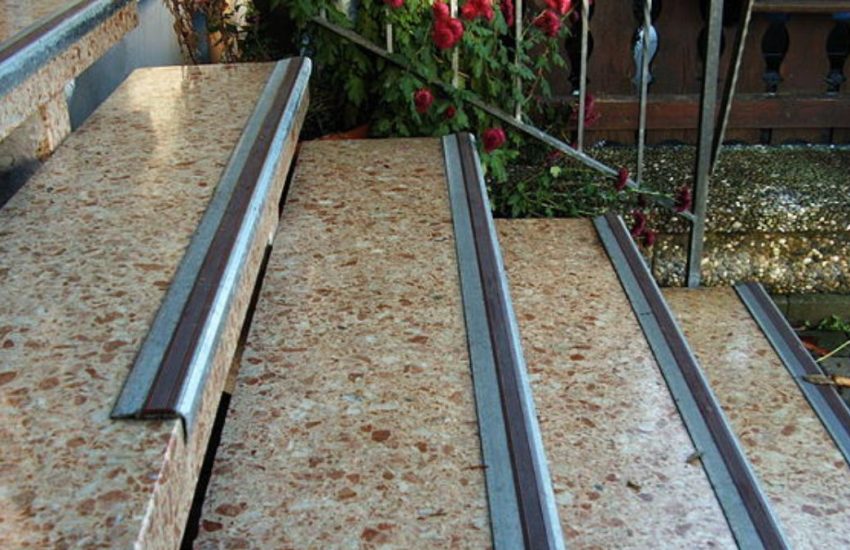There are quite a lot of things that should be taken into consideration when it comes to installing safety precautions for the home. There are many different kinds of materials that can be used that are of many different looks and styles as well. The thing is that there are five characteristics that should be present when it comes to choosing the provisions that are installed for the home. These five characteristics should always be present before making a choice. These also apply when it comes to the stair cases and stair ways of the home. These five characteristics are beauty, safety, comfort, durability, and function. All these can be seen in the metal stair nose trim. The metal stair nose trim is a provision that is installed on the stair treads so as to ensure that they are able to serve their purpose well.
The metal stair nose trim is known to be very beautiful because there are many different looks that they can pull off. Yes, the main material of the stair nose trim is metal. Many may think that the looks of the metal stair nose trim can be quite limited. Well, they are wrong. Many different kinds of metal can be used in metal stair nose trim. There are many different colors and designs as well. There are aluminum metal stair nose trim as there are brass as well. This is proof of how pretty and pleasant-looking the metal stair nose trim can be.
The metal stair nose trim is also known to be very comfortable and durable.
Many people may think that there is some sort of irony in this. However, this is true when it comes to these kinds of stair nosings. The thing is that metals are materials that can be both at the same time. As many people know, metal is a very strong and robust material. They are known to be very rigid as well. This is why it is a good idea to use metal when it comes to these stair nosings. The metal will be able to bring about many different functions to the stair cases and stair ways while ensuring that the people who will walk up or down them will still feel comfort in them.
These kinds of stair nosings are known to be functional because of the many different safety precautions that they bring. First, these stair nosings are installed so that the people who will hit the edges of the stair treads will not get hurt. They will also ensure that the stair cases and stair ways will not get dents and damages when there are stronger materials that will hit their edge. Next, these stair nosings will be able to ensure that the edge of the stair cases and stair ways are slip resistant. This way, the people who will go up or down the stairs will be able to rest assured that they are safe at all times.
